There are some low maintenance houseplants that are reliable and rewarding. They’re hardy and remarkably tolerant of over- and under-watering, and it takes a lot of effort to kill these leafy beauties. They come in all shapes and sizes, with glossy, patterned or heavily textured foliage. When chosen carefully, houseplants can add life and interest to any room in the home.
What are the best low maintenance houseplants
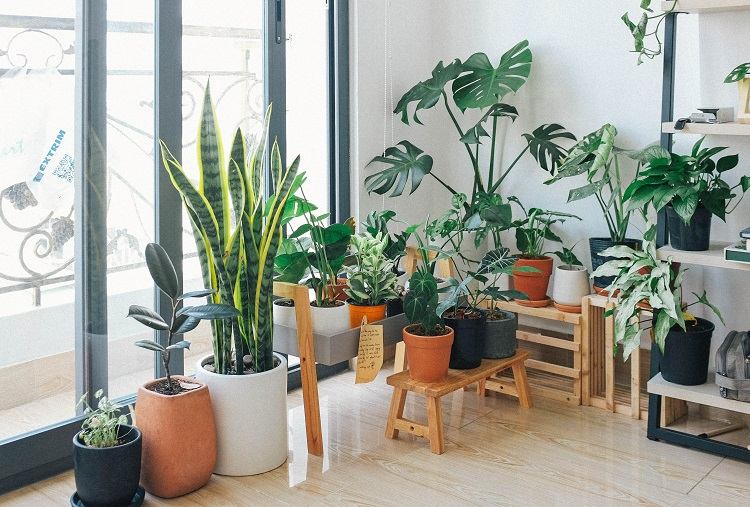
Low maintenance houseplants, e.g. those that require little light are less demanding than others and enrich your home. Walking into a room full of foliage is uplifting and well worth the effort. Here we have compiled a list of the most well-known houseplants that require little care.
String of hearts for gentle elegance
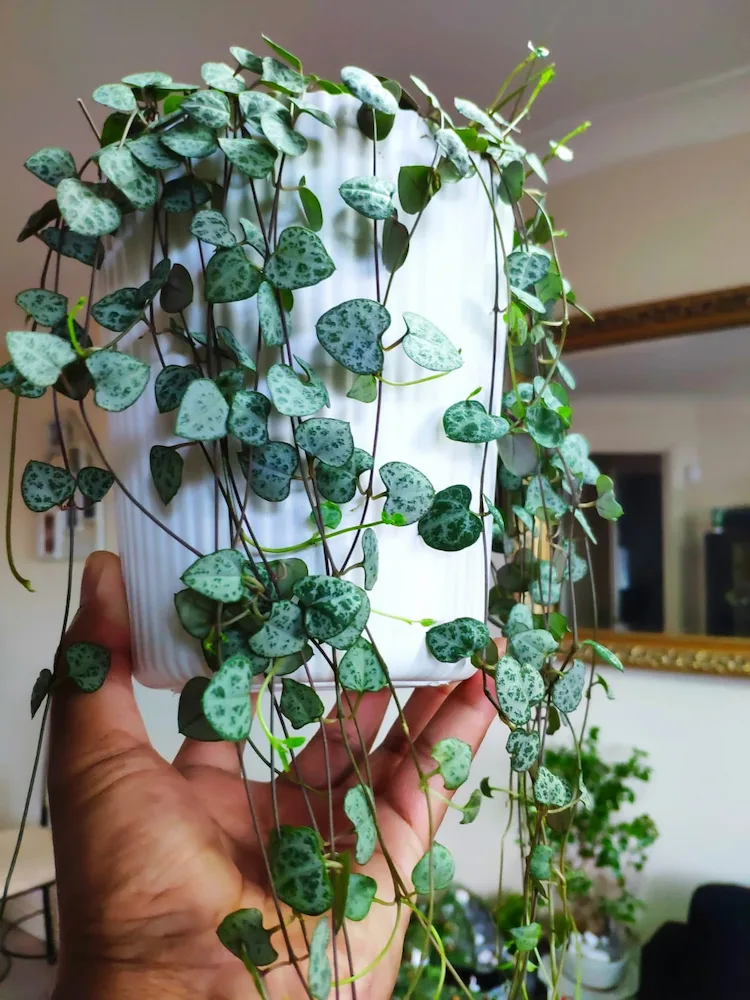
This extremely easy-care, elegant climbing plant is very tolerant and undemanding. The tiny heart-shaped pairs of leaves are silver-grey with a pink underside. Like a succulent, it stores water in its long stems, which can grow up to 2 m long.
Therefore, this plant looks beautiful on a shelf or in a hanging planter above the stairs or window. Hanging plants from the ceiling, planting them in pots, or preparing and caring for a living plant wall creates a relaxing and biophilic mood.
String of hearts (Ceropegia woodii) does well in most room temperatures and likes moist but not overly wet soil. Avoid cold drafts as any temperature below 15℃ will shock the plant. Want to give it an occasional boost? Then spray it with a water spray and place it by the window in the morning or evening for a few hours.
Low maintenance houseplants: snake plant

With its dramatically striped and curling sword-like leaves, the snake plant (Dracaena trifasciata) is the perfect focal point on a side table or in a corner. Hardy and extremely drought tolerant, it is often referred to as mother-in-law’s tongue or viper’s bowstring.
It grows relatively slowly, gets by with little light and is one of the few plants that produce oxygen even in the dark. The plant is also great for removing harmful chemicals from the air, many of which are found in synthetic carpets, glue, paint, and other interior finishes.
Native to West Africa, these snake repellent plants can be outdoors in warmer zones. However, they will die if exposed to temperatures below 15℃ or frost. Water once a week in spring and summer, and once a month in autumn and winter when the plant is dormant.
Kentia Palm for class and sophistication
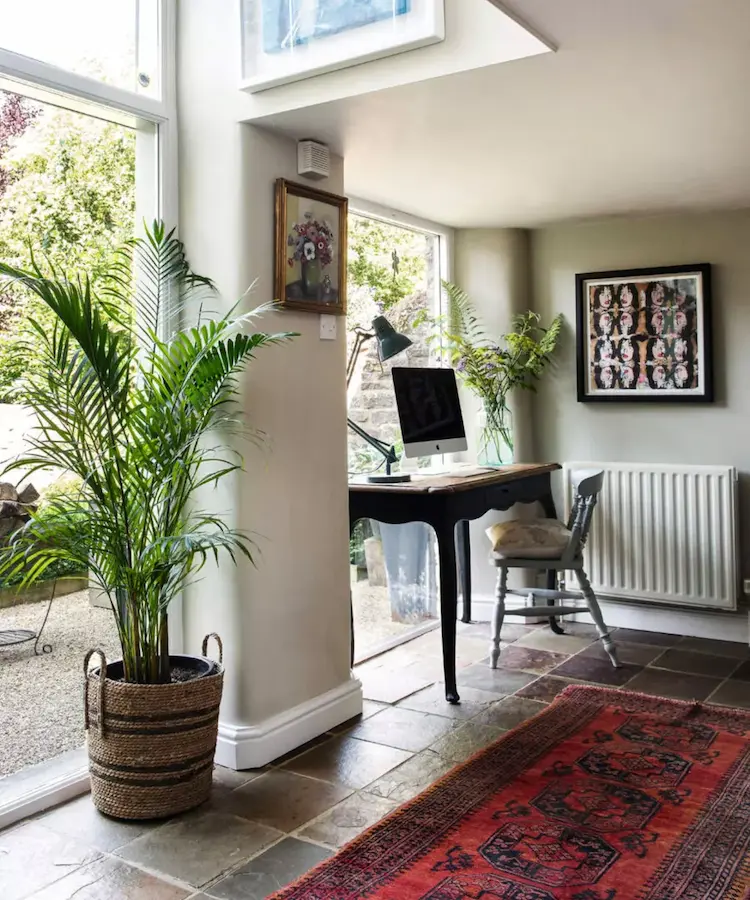
One of the hardest houseplants to kill is the Kentia palm (Howea forsteriana). With its elegant, arching fronds growing out of the base, it makes an impressive focal point in an empty corner and also takes up little floor space. This elegant palm tree, which can handle most lighting conditions, grows up to 3m tall, has slender leaves that cast beautiful shadows and simply exudes class and sophistication. Place it in a pot away from direct light and it will be happy with minimal effort.
The golden rule is not to leave this plant in water. They like moist soil, but not when their roots are soaked. They still need to be watered in winter, but not as much.
Also read: Aglaonema Care Indoors: Useful Tips and Guide for Beginners
The spider plant is pretty and lush
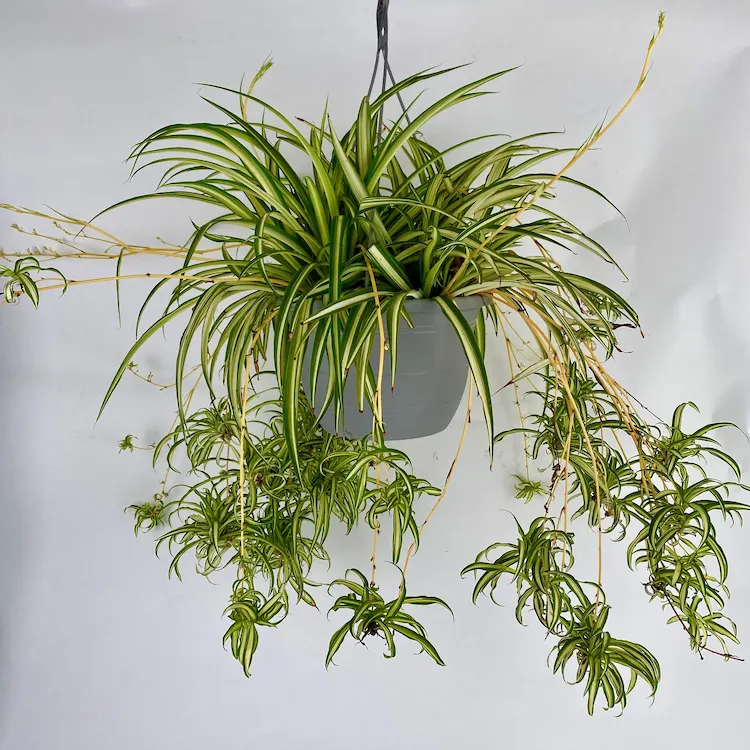
A classic houseplant, it’s hard to imagine a home missing one of these striped leafy beauties. These extremely popular plants are easy to grow and care for and are some of the easiest and most tolerant houseplants to grow. They do well with low light and artificial light, but should be protected from strong, direct sunlight, which will crisp the leaves. They prefer temperatures between 13-27°C and offer real benefits as they remove harmful toxins from the surrounding air and can even help lower carbon monoxide levels.
Water regularly during the growing season in spring and summer and occasionally in autumn and winter. Plant them in pots and place them on a high shelf or windowsill, or place them in hanging planters. Unlike many others, they are also pet-friendly houseplants.
Low maintenance houseplants: satin pothos
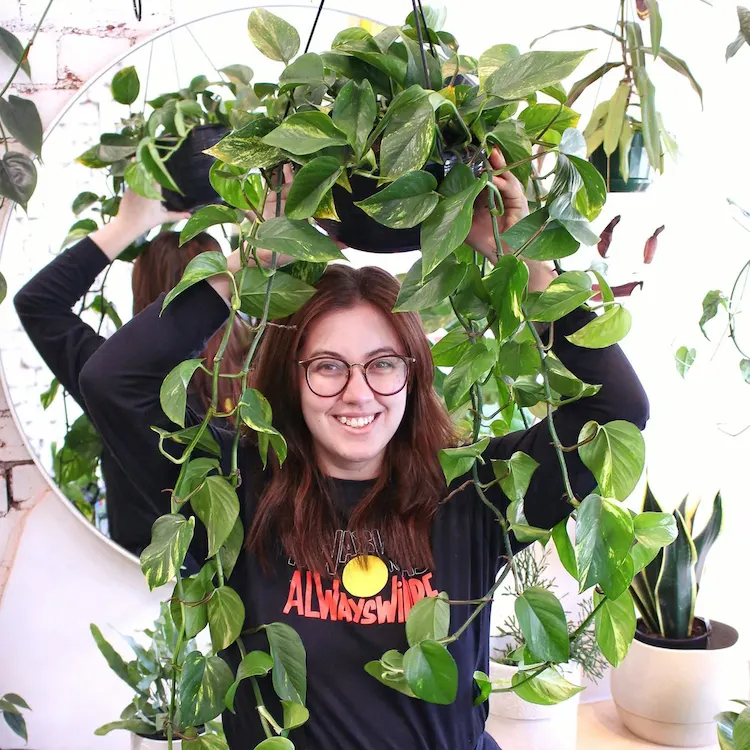
This rampant beauty with heart shaped leaves is the perfect plant for a dark room or corner and is very forgiving. It’s ideal for forgetful waterers or rooms with less bright, sunny spots.
Want to create your own ‘nature takes over’ look? Get the pothos and matching pots and decide where to hang or place the plants. Don’t just limit yourself to the living room. Climbing and hanging plants also add value to rooms such as the kitchen, bathroom and bedroom.
If you are caring for pothos plants, you should know that they grow in the subtropical forests of Asia and Australia in deep shade and love moisture. So place them in warm, humid places like the bathroom or kitchen, or mist them regularly to keep them in top shape. One thing pothos really dislikes is standing in water as the roots will quickly rot and the leaves will turn yellow. Water every three to four weeks until the soil is bone dry before repeating the process.
The rubber tree – a queen of house plants
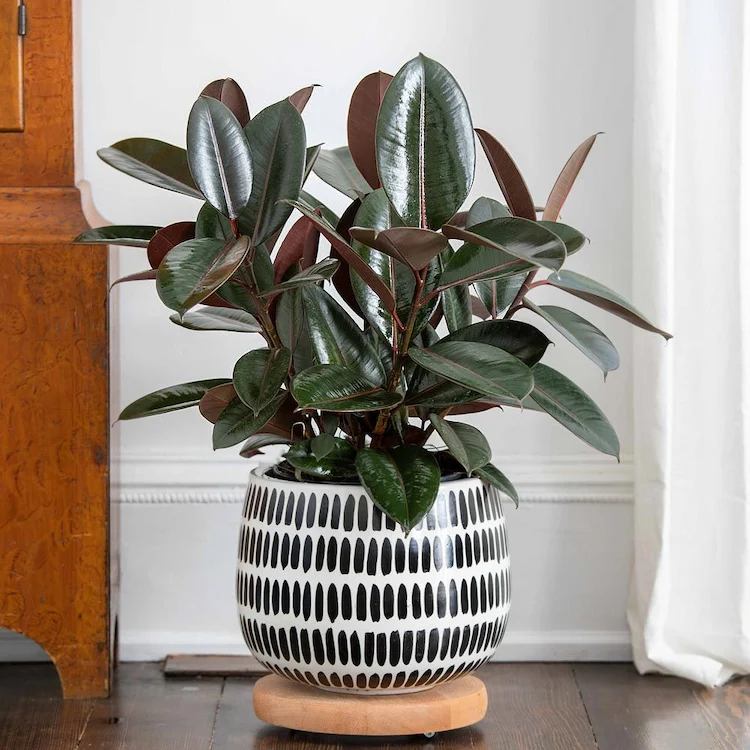
Rubber plants are undeniably good-looking, but they also have a pretty laid-back temperament. With large, glossy leaves and a height of up to 2 or 3m indoors, they are content as long as they are not in direct sun (which burns their magnificent foliage). Water when the top 2 inches of soil is bone dry and dust off leaves to encourage healthy growth. These plants love some moisture, so mist them with water occasionally or set the pot on a pebble-filled tray that’s partially filled with water.
Growing succulents indoors or on the balcony
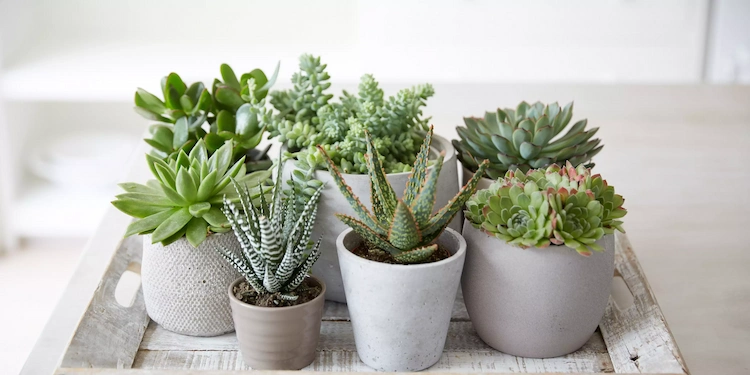
Brighten up a window sill or your work space with easy-care succulents. These stylish plants are perfect for beginners. They’re a great way to add a pop of color to your home while maintaining a minimalist style. Succulents do best in a sunny spot, so place them in a bright room. In the fall and winter, when the days are getting shorter, you can water and feed them rarely.
Succulent care is easy, and there are many fascinating types of succulents of all shapes and colors to choose from. It has been proven that just looking at plants increases our well-being. Cacti and succulents are an effortless way to achieve this.
Succulents require little effort, and while they love a bright spot, they do well in a shady spot too. They look like a miniature tree with their waxy, rounded leaves growing on upright stems. The leaves appear a darker green when not in the daylight, but the effect is just as impressive and sculptural. Knowing when to water succulents is important because too much water will kill them.
Grow jade or money plant indoors

There’s a good reason why jade plants are often seen in shops and restaurants – they are extremely durable and easy to care for. They are slow growing, sculptural and interesting to look at, and look great on a shelf, on a coffee table or on the windowsill.
Healthy plants have shiny, fleshy leaves and are able to store water in their leaves, making life easier for them. Water only when the top inch of soil is dry and fertilize several times a year. They grow up to 2m tall if they stay in the same spot – they don’t like being moved.
Read also: Why are Jade Tree Branches Falling Off? – 5 Common Causes & Easy Solutions!
